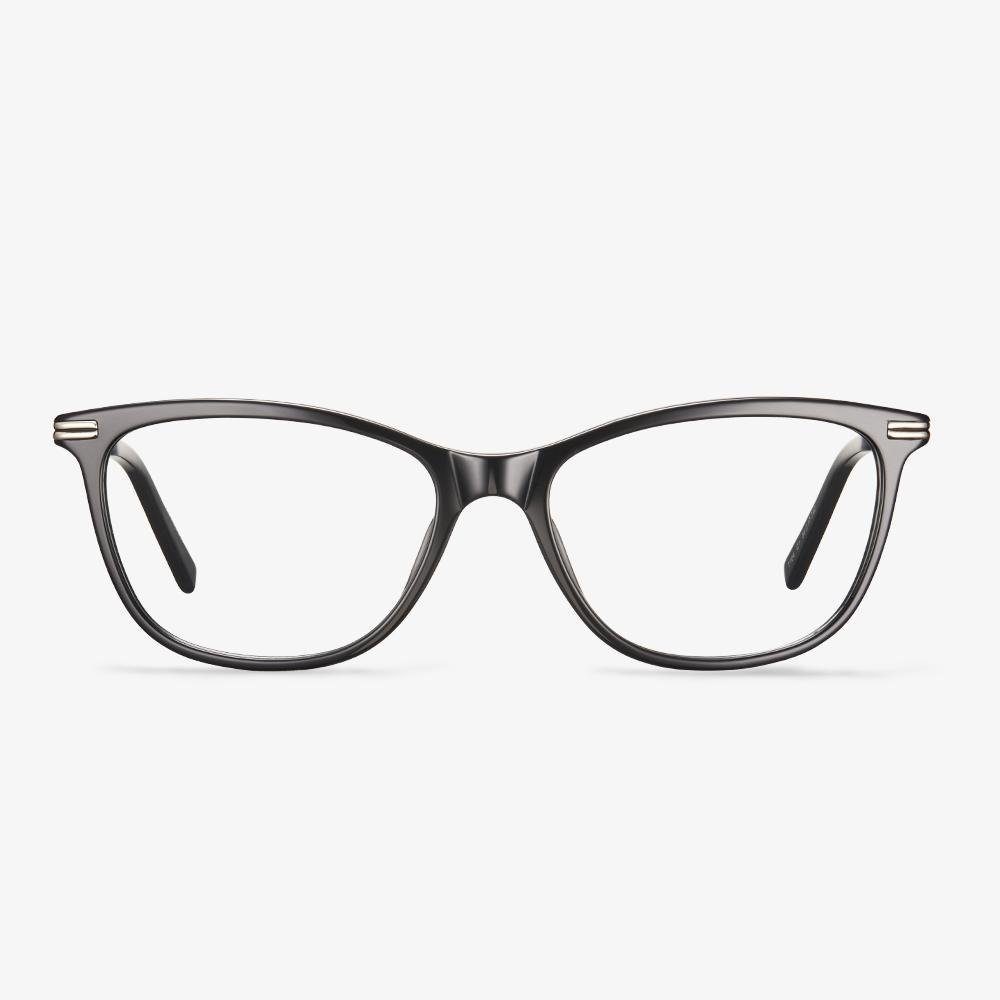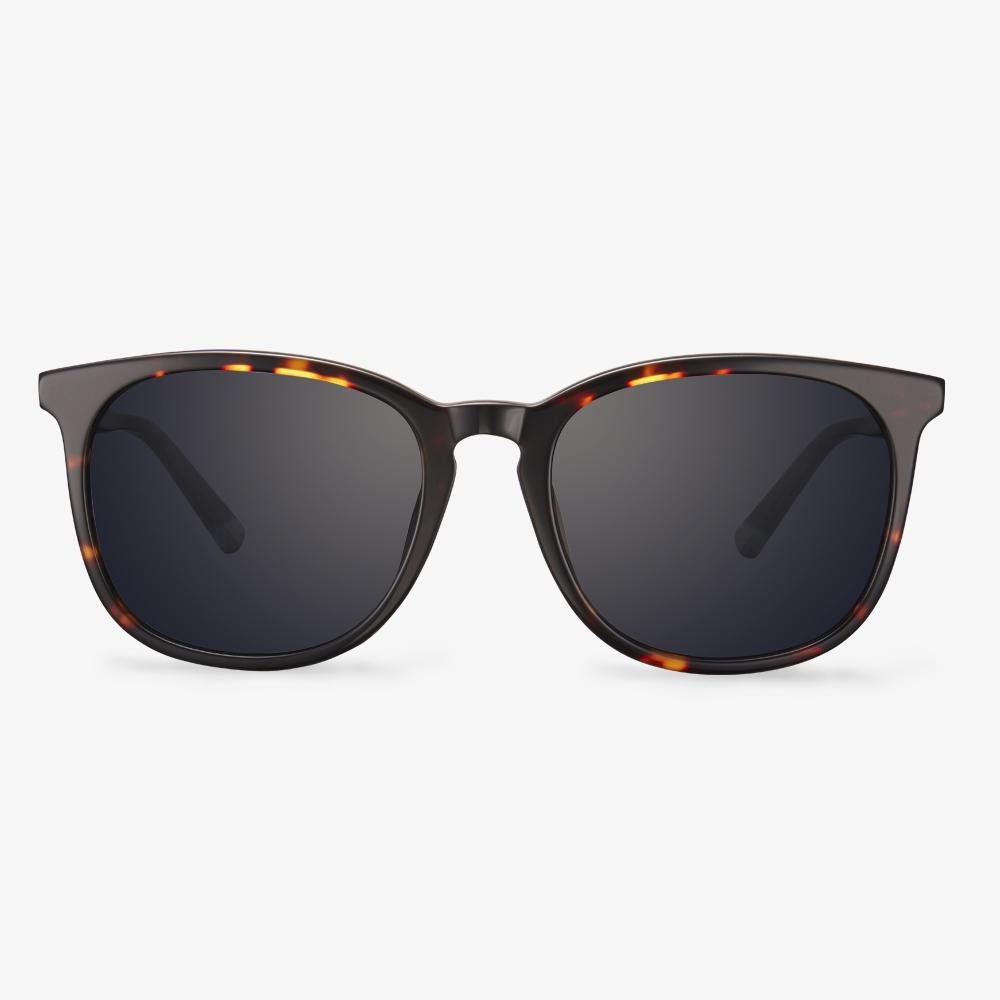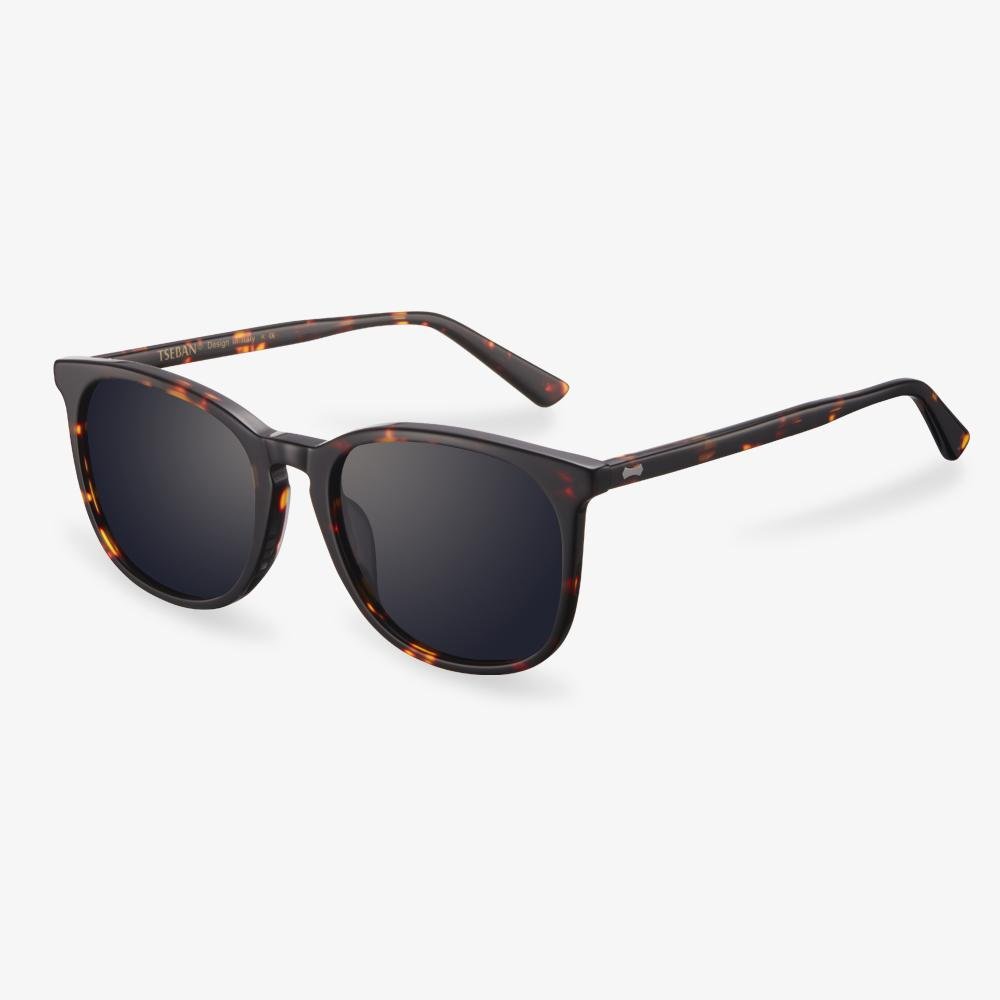The role of the driving glasses
Good driving glasses can be very good to block high energy light, in the evening they can let more faint light enter into our eyes, really solving the problem of only blocking the light and not blocking the road. They have very good night vision function, and can better eliminate glare, better improve the vision of the driver. The driver can drive safely day and night. Strong sunlight improves visual clarity. They are special driving glasses and can brighten polarized light and improve driving safety. With unisex style, high-definition vision, comfort, and light. It can be used on rainy and foggy days and can be used by myopic people. It can effectively filter strong light and high beam lamps, and the long-term use makes you not tired. Both rainy and cloudy days can improve visual clarity. It can effectively prevent strong light, ultraviolet light, and glare is durable and can solve the problem.
What Is Plastic Lens?
In the above part, we have introduced what polycarbonate lenses are. In this section, we will show you what the plastic lens is.
The plastic lens was first introduced in 1947. Since then, plastic has become a popular and widely used material for making eyeglasses lenses. Since the introduction and use of plastic lenses, it has sealed its mark as the most preferred choice in the optical industry.
Plastic lenses are light. With this feature, plastic lenses are popular because they will not be heavy inside the glasses frame and permit for an easy fit in any type of glasses frame. In addition, plastic glasses are cheap and easy to obtain in desired amounts. So, they are affordable for most people. Plastic lenses are very durable. So, they do not shatter easily on impact which makes it a great choice for individuals who are active or tend to drop their glasses often.
However, compared with other lens materials, plastic lenses are usually thick due to their low index of refraction. The soft feature of plastic glasses makes them susceptible to scratching from a sharp object and why scratch-resistant coating is applied to form an additional protective layer. Plastic lenses do not provide ultraviolet protection.
Linda Multi Focus ™ Blue
Combining color and pattern, these women's reading glasses are definitely a stylish choice. The complex square frame features scratch-resistant and impact-resistant lenses with UV sun protection when worn outdoors, while a leopard print hard-shell with interior markings and a handy cleaning cloth will protect your glasses.
The superior properties of titanium glasses
They are light, around 40% of stainless steel. The hardness is high, about twice that of stainless steel and common steel, twice that of iron, and six times that of aluminum. In a world of ultra-low temperatures, titanium becomes harder and more superconductive, while steel becomes weaker and less capable. They have corrosion resistance, with no rust. Titanium does not rust in the sea for five years, while steel corrodes and deteriorates in seawater. The thermal conductivity of titanium is about the same as that of stainless steel. They are non-allergic materials. Titanium is a harmless material to the human body. More because it does not have an allergic reaction to the human body, it is one of the few metal materials used in medical science.
Protect the lenses of your safety glasses.
Scratches can be caused by damage at work, aging, improper care, improper cleaning, or improper storage. Whatever the cause of a scratched lens can affect vision quality through the polycarbonate, causing eye strain. Make sure the safety glasses lenses are replaced in time when they are scratched.
How To Use Contact Lens Correctly?
It is not recommended to use contact lenses when they are dry. Because when they are dry, even the nursing vacuole is used, the parameters change. It will affect the comfort of wearing, so it is recommended to replace the new lens. After the nursing liquid is used every time, you should cover the lid tightly. Do not touch the mouth of the bottle with your hand. If expired and unused, it should be discarded and replaced with new nursing fluid. As for your discomfort, you should return to the store for inspection.Contact lenses and glasses should be used interchangeably.
Basic principles of progressive lenses
The surface of the progressive slice is divided into five regions. There are far, middle, and near optical areas. They are respectively corresponding to see distant objects, middle distance objects in the near distance objects. One pair of glasses is multi-purpose. In appearance, it is not very different from regular lenses. There is no clear dividing line. Distal use area: The area above the progressive slice is the distal use area, which is used to correct the distal refractive error. Proximity area: from the matching lens cross down, the refractive power of the lens continuously increases the positive degree, which is used to see close objects. Gradient area: The channel connecting the far and near areas. It is an area of regular change from top to bottom, used for transitioning and seeing objects at intermediate distances. The length of the gradient is very important for the wearer's adaptation. The rate at which the degree of gradient changes is called gradient. The gradient can be uniform or variable. Peripheral area: Changes in the surface curvature of the lens will lead to aberrations in the peripheral areas on both sides of the lens, mainly astigmatism and prism effect, which will interfere with a vision to a certain extent, resulting in blurred vision or distortion. And it will affect the wearer's adaptation to the progressive lens.




















































